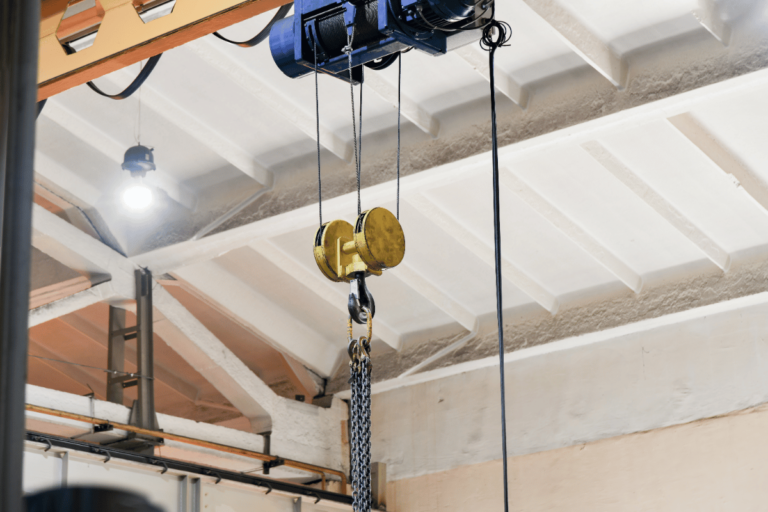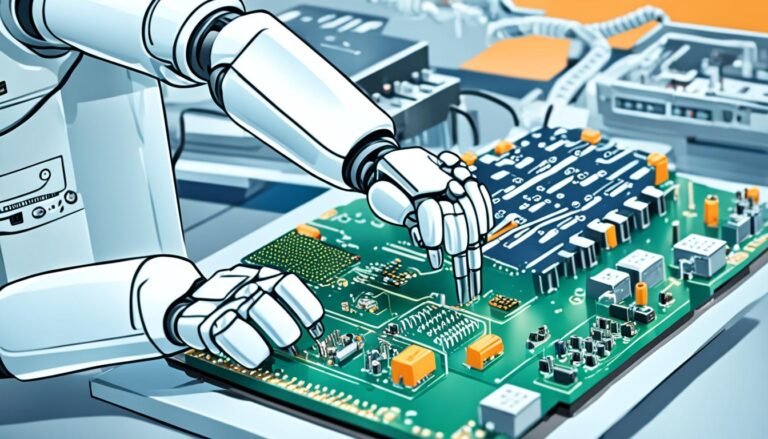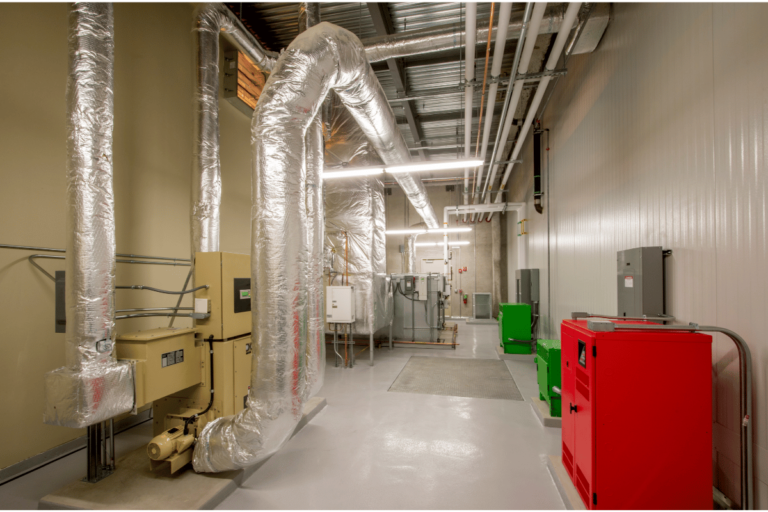Building High-Performance Teams in Manufacturing
Did you know that high-performing manufacturing teams can boost productivity by up to 25%? This shows how important high-performance team development is. To build these teams, you need mutual trust, common goals, and shared leadership. You also need distinct job roles and a focus on constructive conflict and accountability.
Creating these teams means knowing what makes them work well. Dr. Raymond Meredith Belbin says that roles like shapers, implementers, and specialists are key. Good communication, setting clear goals, and solving conflicts well are also crucial for manufacturing team dynamics.
Using these strategies can really help your team. It can make everyone happier and make your business more profitable.
Key Takeaways
- Teamwork efficiency in manufacturing can lead to a 25% increase in productivity.
- Diverse skills in teams boost problem-solving and innovation by 15%.
- High levels of trust and respect decrease conflicts by 20% and enhance collaboration by 35%.
- Strong leadership in manufacturing results in a 20% higher project completion rate.
- Effective communication reduces errors and rework by 40%.
- Commitment and cohesion in teams show a 25% increase in quality metrics.
- Continuous improvement initiatives elevate production efficiency by 15%.
Overview of High-Performance Teams in Manufacturing
High-performance teams in manufacturing stand out by achieving better results through teamwork and clear communication. They are built on trust, which is key to their decisions and actions. Research shows that team unity greatly helps in doing well, making members more dedicated and happier.
- Clear and Aligned Goals: These teams have clear roles and goals, which helps everyone work together towards a common goal.
- Collaboration: They work together well, which leads to new ideas and a strong team spirit. This helps them adjust and support each other.
- Continuous Learning: They always work on getting better skills, making them ready for the changing needs of the industry.
Research shows that teams that value learning and new ideas do better financially and overall. Great Place to Work® talks about building trust in the workplace. This trust is key for team accountability and working well together.
High-performance teams in manufacturing come in different forms like work, project, and virtual teams. They all aim for success by using everyone’s skills and diversity. Feeling safe in these teams lets employees perform better, encouraging them to share ideas and try new things.
Creating these teams helps manufacturers meet today’s goals and stay ahead in a fast-changing market. By focusing on open communication and trust, manufacturers can build teams that lead to great results and long-term success.
Key Characteristics of High-Performance Teams
High-performance teams in manufacturing do well with certain key traits. These traits help them work together smoothly and tackle challenges. Let’s look at these important parts.
Clear and Aligned Objectives
Having clear and aligned team objectives is crucial. When everyone knows what they’re working towards, teams work better together. This makes sure everyone is on the same page and working towards the same goals.
Diverse and Complementary Skills
Having a mix of skills is very powerful. Teams that value different backgrounds and ideas bring more to the table. This mix helps solve problems and come up with new ideas, making the team more creative and productive.
High Levels of Trust and Respect
Trust and respect are key in high-performance teams. They create a safe space where everyone feels free to share their thoughts. This leads to better problem-solving and support among team members.
Effective Communication
Good communication is what holds successful teams together. When ideas flow freely, progress happens faster. Studies show that talking well can boost motivation and make teams more productive and profitable.
Strong Leadership
Great leaders are essential for high-performance teams. They set the direction and keep the team motivated. At the same time, they give team members the freedom to be creative. This mix of guidance and freedom leads to success.
| Characteristic | Benefits |
|---|---|
| Clear and Aligned Objectives | Minimizes confusion, ensures synchronized efforts |
| Diverse and Complementary Skills | Enhances problem-solving, drives innovation |
| High Levels of Trust and Respect | Fosters collaborative environment, encourages idea sharing |
| Effective Communication | Increases motivation, productivity, and profitability |
| Strong Leadership | Establishes direction, motivates and empowers team members |
Building High-Performance Teams in Manufacturing
Building high-performance teams in manufacturing is more than just picking skilled people. It’s about using leadership strategies that link the team’s goals to the company’s vision. This creates a culture that values and motivates employees. When team goals match company goals, engagement in manufacturing goes up by 25%.
To build these teams, it’s important to mix different skills and strengths. Studies show that diverse teams solve problems 15% better. This mix of skills brings in more perspectives and expertise, helping tackle complex challenges in manufacturing.
It’s key to have clear roles and expectations in a team. Teams with clear rules on behavior and communication see 30% fewer conflicts. Checking in on team performance can also help teams meet deadlines 10% faster, keeping them on track with their goals.
Recognizing and celebrating team wins is vital too. Celebrating successes boosts morale by 40%, which can greatly improve productivity and team unity. Leaders should see conflict as a chance to grow and manage different communication styles well. This helps create a team that works together well.
Lean manufacturing also plays a role by focusing on constant improvement and being quick to adapt. This approach helps build teams that can quickly adjust to new demands or unexpected problems.
| Action | Impact |
|---|---|
| Clear Purpose | 25% higher employee engagement |
| Diverse Skill Sets | 15% higher problem-solving efficiency |
| Conduct & Communication Expectations | 30% decrease in conflicts |
| Performance Reviews | 10% increase in meeting deadlines |
| Celebrating Achievements | 40% boost in team morale |
In conclusion, making high-performance teams in manufacturing takes a full approach. It combines leadership strategies, ways to engage employees, and lean manufacturing ideas for lasting success. By promoting a culture of ongoing improvement and teamwork, manufacturing companies can see big gains in productivity and excellence.
Common Types of High-Performance Team Models
Knowing the different team models in manufacturing is key for high performance and efficiency. Each model has its own benefits and needs certain management to do well.
Cross-Functional Teams
Cross-functional teams are key for innovation through cross-functional collaboration. They mix people from various departments to work on tough projects. This mix of skills and views helps solve problems better and speeds up projects.
Self-Managed Teams
Self-managed teams give workers control over their tasks and choices. This approach boosts motivation and productivity. Good communication and respect are important to keep these teams working well and meeting goals.
Virtual Teams
Virtual teams use technology to connect team members across distances. This model lets companies use a wider talent pool and save money. It’s important to have regular virtual meetings and strong online communication for these teams to succeed.
Project Teams
Project teams focus on specific goals within a set time. Bringing together experts for these goals leads to efficient work and top results. It’s crucial to have clear goals and plans for the team to reach their goals.
Operational Teams
Operational teams keep production running smoothly every day. They make sure things keep moving and efficiency is high. Good leadership and clear communication are key to keep these teams running well and avoiding problems.
Conclusion
Building and keeping high-performance teams in manufacturing is a key move. It boosts both the quality and amount of work done. Studies show that teams that do well are 18% more productive and 12% more profitable than those that don’t (Canadian Management Centre, 2023). This leads to better productivity and efficiency by making things run smoother and cutting down on waste.
Understanding the complex nature of teamwork and the many roles within it builds a strong team. These teams can handle changes in the industry and always aim for the best. They bring out creativity and new ideas by being open, trying new things, and always looking to get better. As a result, companies with strong teams do much better in making customers happy and keeping employees on board (Harvard Business Review, 2022). They make better decisions and solve problems more effectively, leading to new and better solutions for the manufacturing world.
It’s clear that having clear goals, a mix of skills, trust, good communication, and strong leadership is key. This mix helps create an environment where teams can really shine. These teams have happier employees who stick around longer, saving money on turnover and building a healthier work culture. Plus, they make customers happier and more loyal, leading to more commitment from customers. In short, focusing on building and managing teams well is crucial for lasting success in today’s competitive manufacturing world. It’s all about bringing together the best of team dynamics and high performance.
Source Links
- How to Build High Performance Teams
- Developing and Sustaining High-Performance Work Teams
- How to Build High Performing Teams in 2024
- What Does a High Performing Team Look Like?
- High-Performance Culture: What It Is and How to Create It
- High-performance Teams: Understanding Team Cohesiveness
- Tips to build a high-performance teams quickly
- 8 Attributes of High-Performing Teams
- Building an effective team | Michael Page
- How to Build a High-Performing Manufacturing Team
- Build High-Performing Teams With Our Team Effectiveness Framework
- Building High-Performing Teams
- The Benefits of High Performing Teams: Why Investing in Your Team Yields Success
- Building High-Performing Teams: The Crucial Role of Frontline Leadership Training







